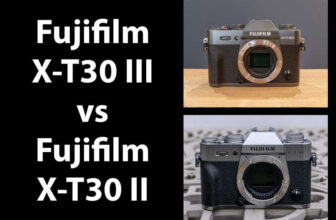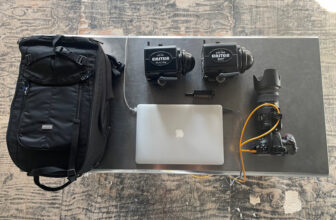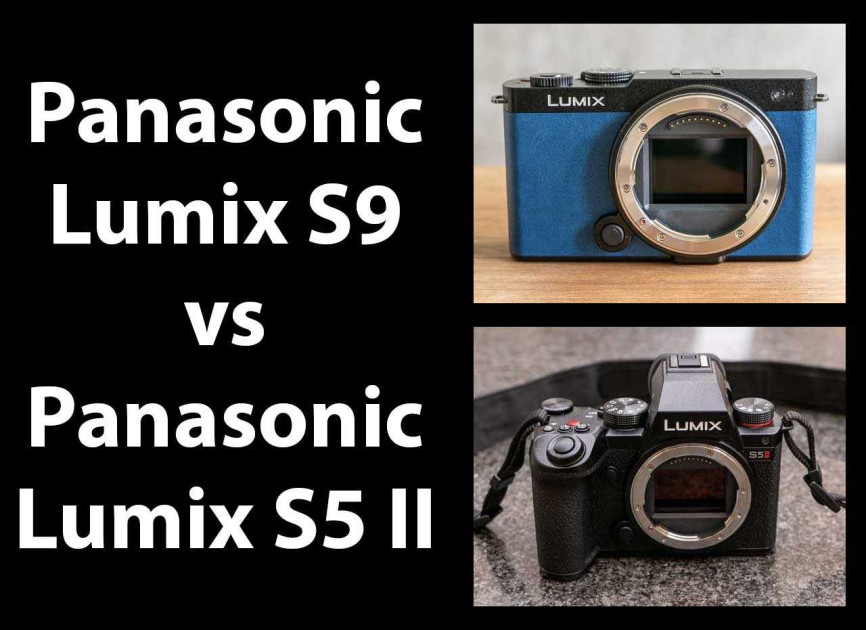
Although they share a lot of the same core specifications and features, there are some important differences between the Panasonic Lumix S9 that was released in 2024 and the Lumix S5 II from 2023.
So we’re bringing you this in-depth Panasonic Lumix S9 vs S5 II head-to-head comparison to help you choose between these two mirrorless cameras.
You can also read our detailed Panasonic Lumix S9 review and Panasonic Lumix S5 II review to find out exactly what we think of each camera.
Sensor
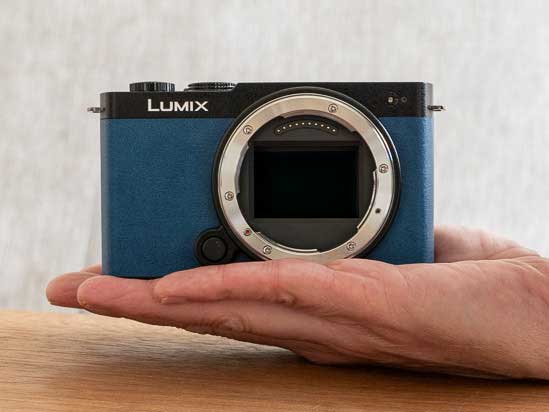
The image sensor used in the new Lumix S9 is exactly the same as the one found in the S5 II.
Both cameras offer 24.2 megapixels of resolution via a 35mm full-frame sensor with no low-pass filter, which supports Hybrid Phase Detection Auto-Focus.
They also share the same Venus image processor, so both models will therefore provide exactly the same image quality as each other.
High Resolution Mode
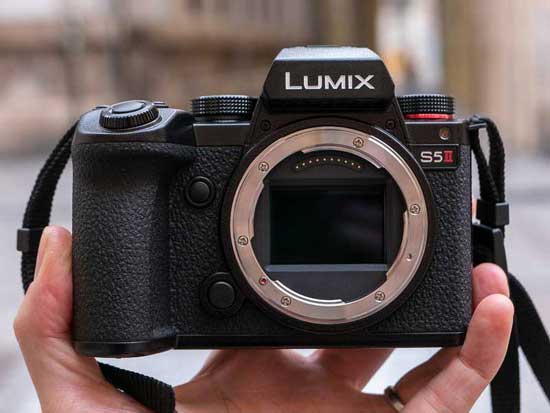
Both cameras offer the special hand-held High Resolution mode, which delivers 96 megapixel images for the ultimate quality when detail really matters.
In the Multi-Shot mode the camera rapidly takes 8 separate images and combines them into one JPEG or Raw file to create a 12000×8000 pixel super high-resolution photo. The resulting Raw files are 165Mb in size!
ISO Speed

The native sensitivity range of both the S9 and S5II is ISO 100 to ISO 51,200, which can be expanded down to ISO 50 and up to ISO 204,800.
Dual Native ISO is a feature borrowed directly from the S1H and Panasonic’s broadcast line of video cameras. This automatically switches between native ISO settings of 640 and 4000 without increasing noise by changing the way the camera reads out the image sensor.
You can manually switch between the LOW and HIGH settings or choose Auto and rely on the camera to do so at various ISO levels.
Video
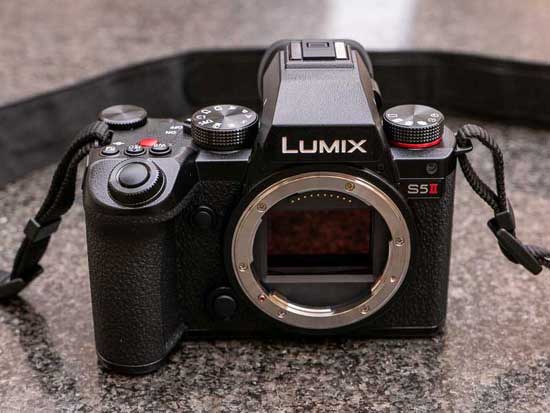
Both models support internal 4:2:0 10-bit 6K (3:2) and 5.9K (16:9) at 30fps and 4:2:2 C4K and 4K at up to 60fps. There’s also HFR (High Frame Rate) recording at up to 120fps and Slow & Quick capture at up to 180fps.
One key difference between the S9 and S5 II is that the former has a Micro HDMI Type D terminal, rather than a full-size Type A version as on the S5 II.
Something else to seriously consider is recording times. On the S5 II you can record 6K footage for up to 30 minutes, but the S9 is limited to 15 minutes due to a lack of cooling built into the smaller body.
Two brand new video features offered by the Lumix S9 and not featured on the S5 II are a dedicated real-time LUT button and support for the new MP4 Lite video recording format.
Autofocus
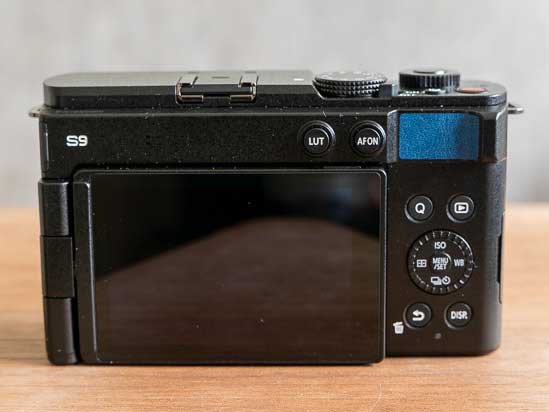
Both cameras use a hybrid contrast and phase-detection auto-focus system with human, animal, car and motorcycle detection.
Fast and dependable and providing 779-area metering, the AF system is able to detect target subjects in difficult conditions such as low light and backlighting and, once locked on, will remain tracking them even with other moving objects in the frame.
Burst Shooting
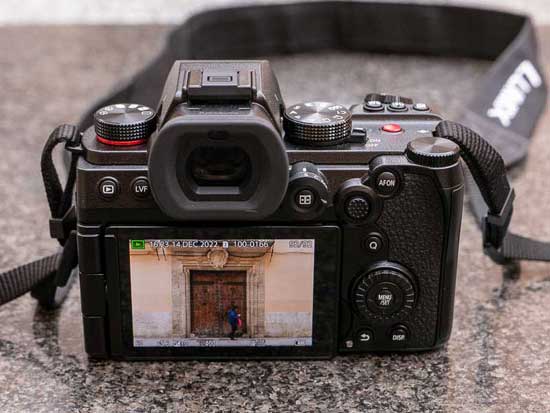
The S5II offers high-speed burst shooting rates at up to 9fps with the mechanical shutter and 30fps with the electronic shutter.
The S9 only has an electronic shutter – there’s no mechanical shutter – but it can still shoot at 30fps, just like the S5II.
Flash
This is one of the key differences between the two cameras.
The S5 II has a flash hotshoe and therefore offers a range of different flash modes.
Panasonic have somewhat controversially decided not to implement a hotshoe on the S9 – instead it has a cold shoe that will mainly be used for mounting a microphone accessory.
Shutter Speed
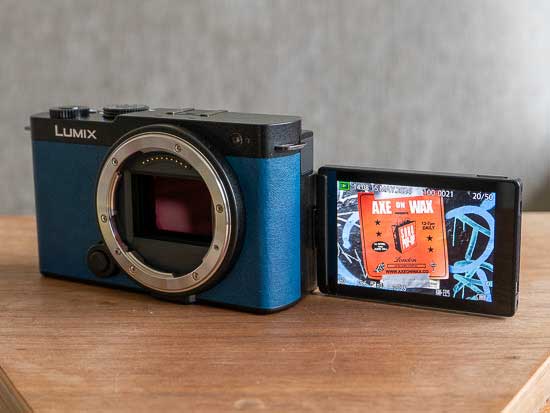
Both cameras offer a fastest shutter speed of 1/8,000 sec for stills and 1/16,000 sec for video, which rather lags behind some of their main rivals.
Body and Design
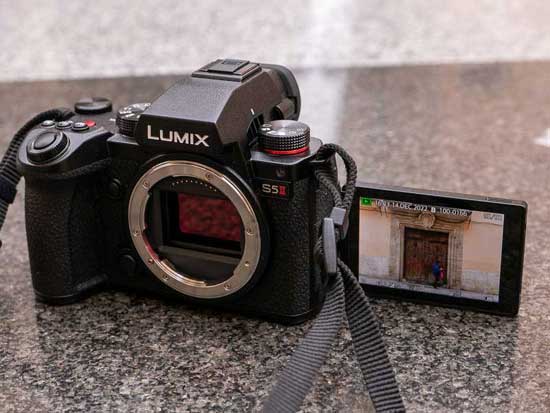
Thanks mainly to its compact, flat-style design and not having a viewfinder, the S9 is significantly smaller than the S5 II, reminding us a lot of the Lumix GM1 Micro Four Thirds camera from 2013.
It is by some way the smallest and lightest model in Panasonic’s range of 35mm full-frame mirrorless cameras, measuring 126 x 73.9 x 46.7mm and weighing 486g / 1.08 lb with a battery and memory card fitted.
The S5II measures 134.3 x 102.3 x 90.1 mm weighs 740g with a battery and memory card fitted, making it a whopping 254g heavier than the S9.
IBIS
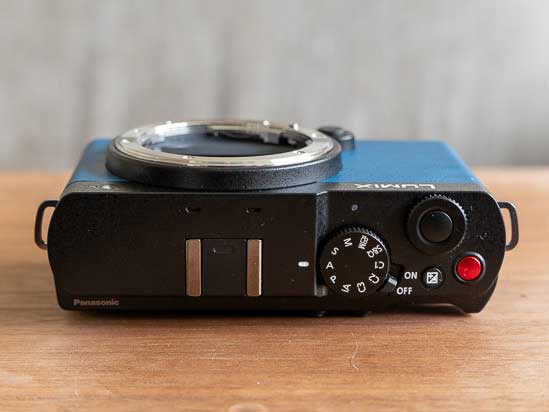
The S9 is the latest Panasonic camera to feature 5-axis in-body image stabilisation (IBIS), following on from the S5 II.
Both models provide up to 6.5 stops of Dual IS compensation for stills, or 5 stops of in-body IS.
Both have an Active I.S. mode which provides highly stable video recording by optimising horizontal, vertical and rotational correction.
This is especially effective in traditionally challenging conditions for handheld shooting, such as using telephoto lenses or filming while walking.
Viewfinder
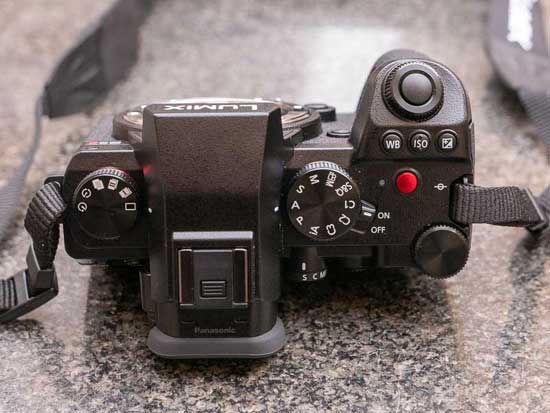
This is one of the key differences between the two cameras.
The Lumix S5 II has a pretty decent 3,680k 0.78x OLED viewfinder.
The S9 achieves its compact, flat-style design and smaller size by not having a built-in viewfinder at all. There’s also no option for fitting a viewfinder accessory.
LCD Screen
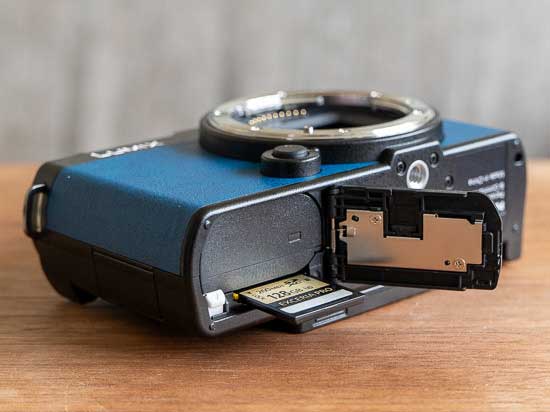
Both cameras share exactly the same 1,840k vari-angle LCD screen.
Both have a touch screen, meaning that you can, if wish, drag the focus area around the screen with your finger or thumb.
Alternatively, on the S5II you can use the thumb-operated joystick to the upper-right of the LCD to do the same. The S9 has a D-pad rather than a joystick, which is less convenient to use.
Memory Cards
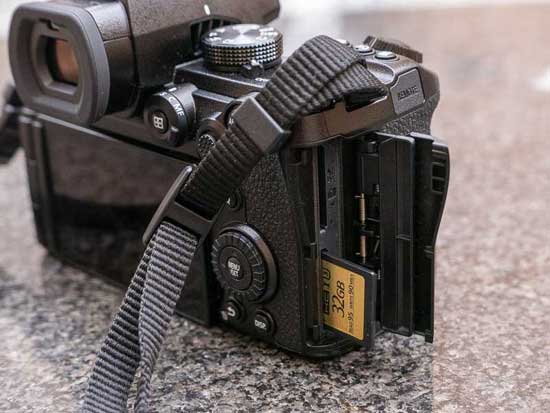
The S5II has dual memory card slots, utilising two UHS-II SD card slots housed in a dedicated compartment on the side of the body.
The smaller S9 only has a single UHS-II SD card slot that’s located on the bottom of the camera inside the battery compartment, , which is less convenient to use especially when mounting the camera on a tripod.
Battery Life
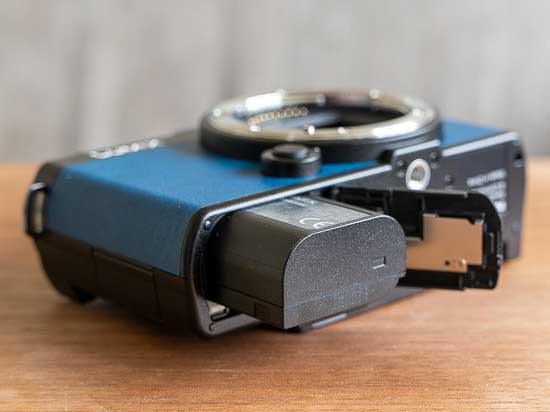
Both models use the same rechargeable 2,200mAh DMW-BLK22 lithium-ion battery.
On the S9, which doesn’t have a viewfinder, this provides 470 image battery life, as measured using stringent CIPA industry standards.
Perhaps unsurprisingly on the more power-hungry S5II, battery life drops significantly to 370 shots.
Both cameras can also be powered and charged via a USB-C connection, which is useful if you’re out and about and have a compatible power-bank to plug the camera into.
Price
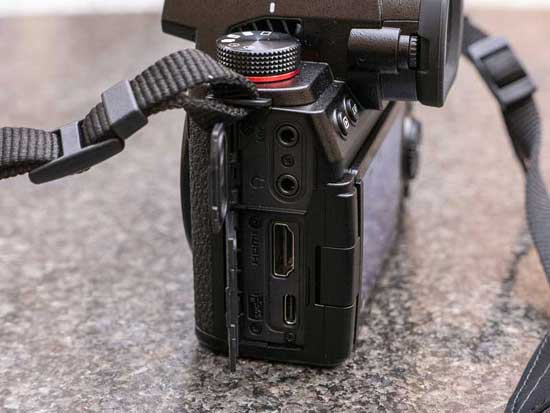
The new Panasonic Lumix S5II is priced at £1,999 / €2,199 / $1,999 body-only in the UK, Europe and USA respectively.
The S9 is priced at £1,499 body-only, £1,799 with the 20-60mm F3.5-5.6 kit lens, and £2,249 with the 28-200 mm F4-7.1 MACRO O.I.S. zoom lens.
Conclusion
The new S9 inherits most of the key features from the S5II and houses them in a much smaller, lighter body in a range of four colours. It doesn’t have a viewfinder or AF joystick, though, which my both be dealbreakers for some users.
So what do you think? Would you choose the new Lumix S9 or the bigger, more expensive S5II? Leave a comment below!
Your Comments
Credit : Source Post





